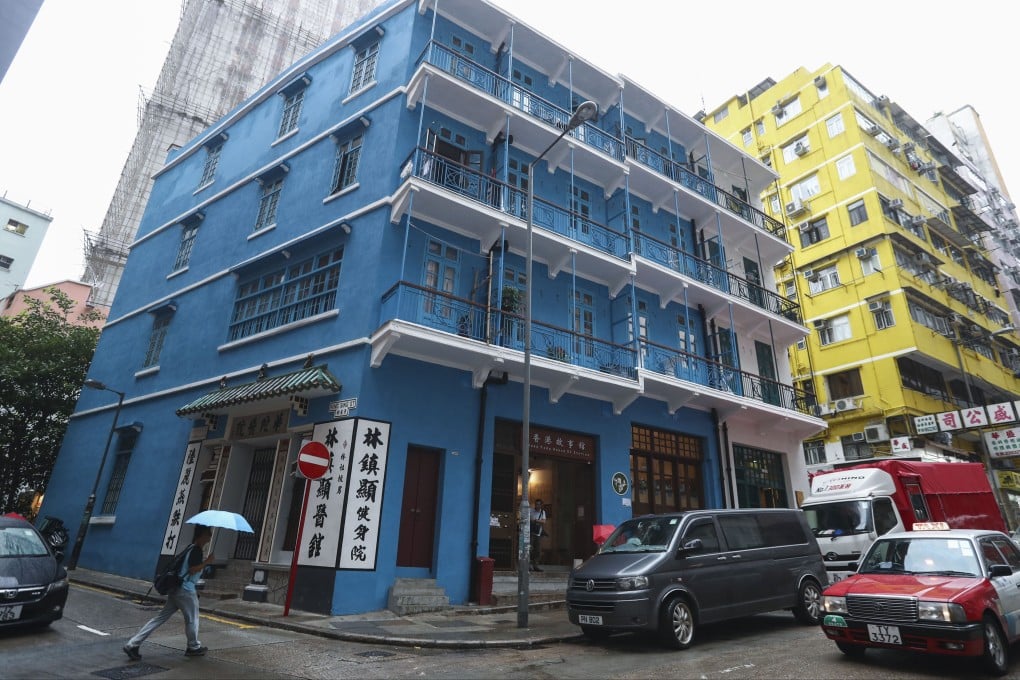Editorial | Tong lau are part of the fabric of the city
- The traditional tenement buildings are a welcome reminder of the past and an integral part of the urban environment. They should be renovated, preserved and better utilised, rather than being demolished

Hong Kong’s traditional tenement buildings, known as tong lau, provide a stark contrast to the city’s glitzy skyscrapers. These narrow, low rise shophouses are a welcome reminder of the past and an integral part of the urban environment. But they are under threat.
Most have been demolished to make way for new developments over the years. Now, there are concerns about the future of those remaining. Conservationists are calling for more to be done to protect them.
Tong lau were first developed in the 19th century to tackle an early housing crisis by providing accommodation for immigrants. Many were built before the second world war. The Antiquities and Monuments Office identified 87 pre-war shophouses with heritage value in 2009. Only one was declared a monument, meaning it could not be demolished. Others have low-level heritage ratings that provide no such protection. Many more are not listed at all.
Some have been successfully preserved. A stand-out example is the Blue House Cluster in Wan Chai. It was bought by the government in the 1990s and turned into a complex comprising flats, restaurants, and a space promoting culture and art. The project won an Award of Excellence for cultural heritage from Unesco in 2017.
Not all tong lau lend themselves to such treatment. But more can be done to ensure they escape the wrecking ball. One problem is that they are expensive to maintain. Private owners often prefer to knock them down and rebuild, rather than meet regulations. There is a need for some flexibility. The HK$2 million (US$255,000) government grant does not apply to all tong lau and is often not sufficient to ensure they survive. Many have fallen into disrepair.

